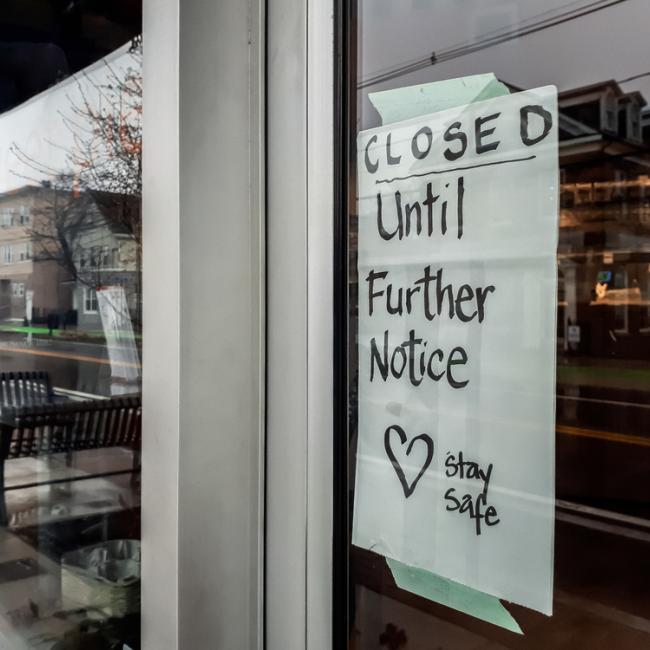Project Summary
The team is expanding a comprehensive, publicly available COVID-19 U.S. State Policy database – CUSP. The CUSP database is free to access and documents the dates of health and social policies in the wake of COVID-19 and its economic ramifications in all 50 states and the District of Columbia. The researchers will continue to expand the database to track COVID-19 social safety net policies and health care policies.
Research Questions/Aims
Not applicable. It’s atypical for E4A to fund database development as an independent research activity, but in the wake of COVID-19 there was a compelling case that the CUSP database provides an important public benefit by facilitating rapid research and policy action that can support population health and equity.
Actionability
- Inform health and social policy decisions that promote a culture of health and rapid response policy research with a focus on policies that affect vulnerable populations.
Results
- Income supports, such as unemployment insurance, can be an effective approach to improving food security. Read the Paper: Unemployment insurance associated with declines in food insecurity for those who lost work during the COVID-19 pandemic.
- Paid leave that covers time off for all workers will advance food security. Such policies will have the biggest impact when it comes to lower wage workers, as workers earning less than $50,000 were more likely to take a week off of work to care for someone with COVID, much less likely to have paid leave to cover that time, and more likely to not have enough food to feed their families.
Outcomes
The CUSP database will allow for evaluation of how state policy responses to COVID-19 shape outcomes such as COVID-19 cases and deaths and financial distress, food insecurity, housing insecurity, and mental distress, particularly for populations disproportionately affected by COVID-19 and its economic ramifications.
Methodology
The CUSP research team has the following process for tracking each policy change: 1) search government websites for executive orders and directives pertaining to the specific policy; 2) search for media coverage of each policy in each state; 3) compare to a complementary state tracking effort through media or non-profit organizations to validate policy changes, if possible; 4) double check each date and states with no policy changes; 5) post to publicly available database with comments on coding decisions; 6) invite comments through the publicly available database and publicly document any revisions.

Boston University School of Public Health
Johns Hopkins Bloomberg School of Public Health